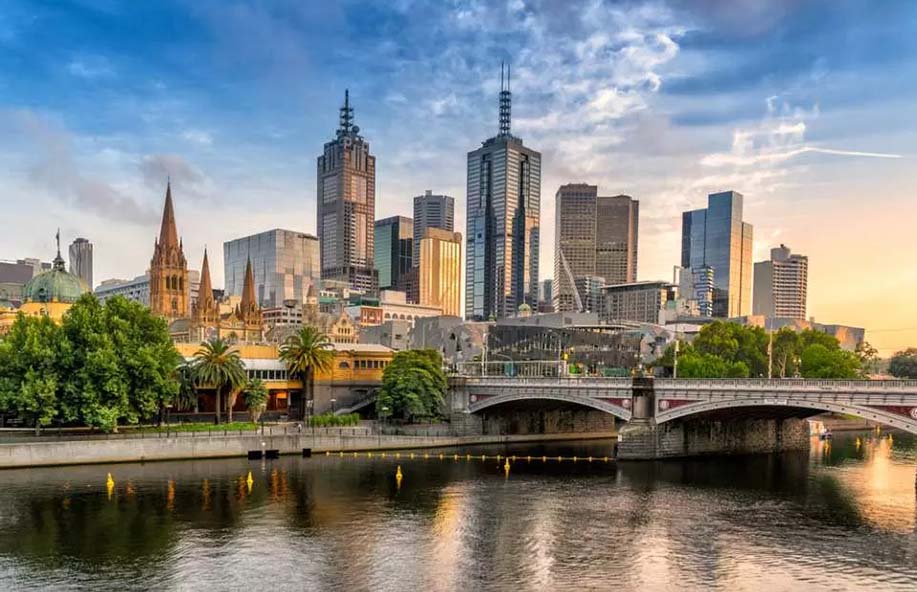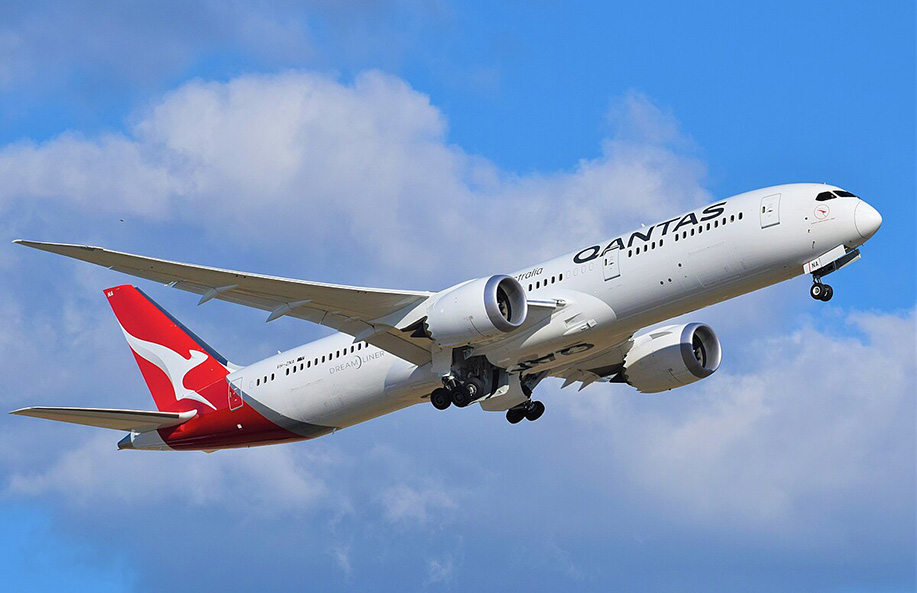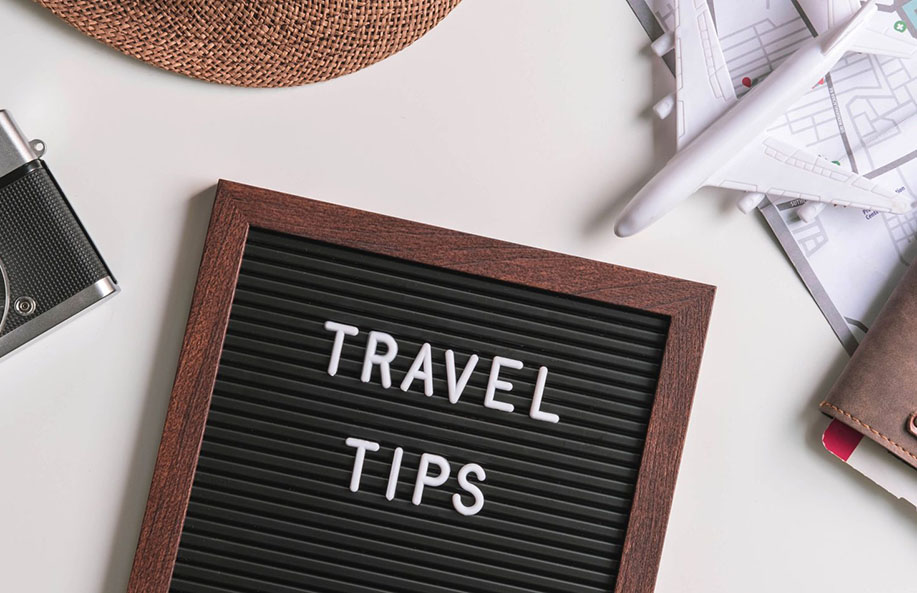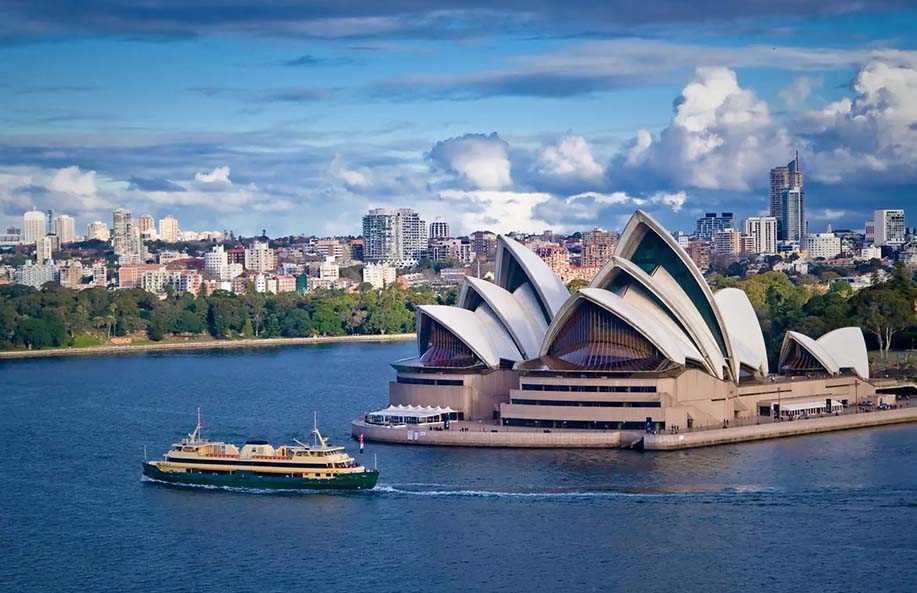Melbourne has always been on my travel list, not just for its iconic trams and famous coffee culture, but also for its rich blend of history, art, and modern living. I recently had the chance to spend a week in this vibrant city, and I want to share everything I learned—from practical tips like packing and currency exchange to local etiquette and the highlights of my exploration.
Packing Essentials for Melbourne
Before heading to Melbourne, I did a bit of research on what to pack, given the city’s famously unpredictable weather. The phrase “four seasons in one day” is no exaggeration. You can experience sun, rain, wind, and a chilly breeze all in a single afternoon, so my top advice is to pack layers.
Here’s what I found essential:
- Light layers: A couple of t-shirts, light sweaters, and a waterproof jacket were lifesavers.
- Comfortable walking shoes: Melbourne is a great city to explore on foot. I found myself walking a lot, especially around the city’s laneways and along the Yarra River.
- Sunglasses and sunscreen: The Australian sun is strong, and you’ll need protection even on cooler days.
- A sturdy daypack: To carry all those layers, snacks, and my camera. I recommend one with good back support because you’ll likely have it on most of the day.
I also brought a universal power adapter since Australian plugs are different from those in Europe and North America. If you’re planning to stay connected with a laptop or camera gear, make sure you have this on hand.
Dressing for Melbourne
When it comes to dressing, Melbourne is quite laid back, but there’s also a strong sense of style. You’ll notice people wearing a mix of smart-casual, especially in the trendy areas like Fitzroy and Southbank. I opted for comfortable yet stylish outfits, like jeans paired with casual shirts or blouses. For the evenings, especially if you’re planning to visit some of the upscale bars or restaurants, a nice jacket or dress will help you blend in.
As I mentioned earlier, layering is key. Even on a sunny day, the temperature can drop significantly by the evening. I learned this the hard way on my first day when I left my jacket at the hotel, only to regret it when the cool breeze swept through the city at dusk!
Currency Exchange and Local SIM Cards
One of the first things I did upon arrival was exchange some currency. The official currency in Australia is the Australian Dollar (AUD). I found that while credit cards are widely accepted, having some cash on hand is useful for smaller purchases, especially at street food stalls or local markets. I exchanged some money at the airport, which wasn’t the best rate, so I would recommend waiting until you get to the city, where there are plenty of currency exchange booths with better deals.
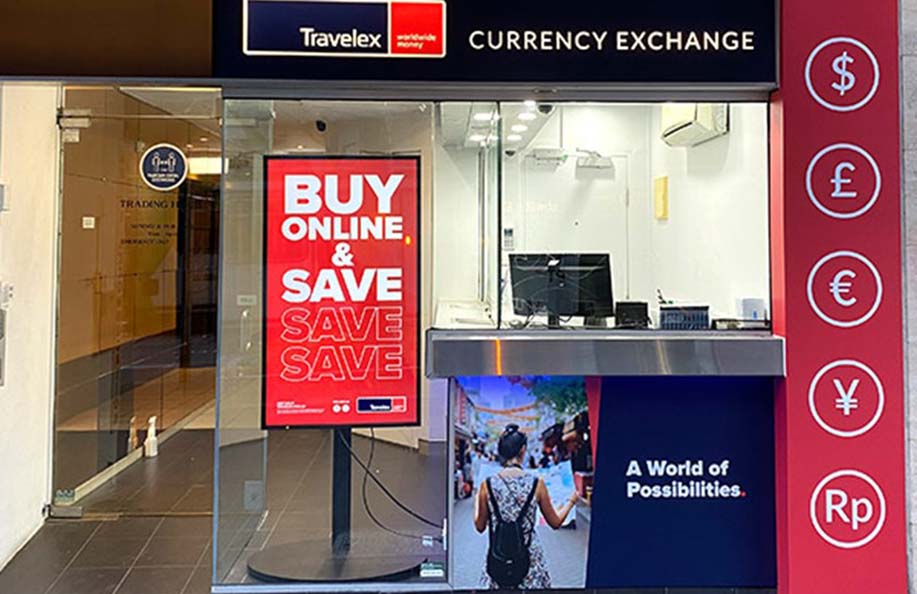
For staying connected, I decided to get a local SIM card, which turned out to be pretty straightforward. There are a few major telecom providers in Melbourne, including Telstra, Optus, and Vodafone. I opted for an Optus SIM card, which I bought from a convenience store. It was affordable, with plenty of data for navigating the city and staying connected with family and friends. Activation was easy; all I needed was my passport to register the card. If you’re staying longer, some providers also offer monthly plans with more generous data allowances.
Navigating Local Etiquette: Insights and Personal Experience
Melbourne is a multicultural city, and the people here are generally friendly and approachable. However, like every city, there are some unspoken rules of etiquette that I learned during my stay.
One of the first things that stood out was the culture of politeness. Whether you’re entering a café or stepping onto public transport, people generally queue in an orderly fashion and expect you to do the same. I made the mistake of not realizing this once when I absentmindedly stepped ahead of someone at a tram stop. It wasn’t a big deal, but I quickly noticed the person behind me give a subtle glance that said, “Hey, there’s a line here!”
Another important tip: Australians tend to value personal space. On trams, trains, or in public spaces, try not to stand too close to others if it’s avoidable. I was initially unaware of this and only realized after seeing how people would consciously give space, even in crowded settings.
Melbourne’s dining etiquette is fairly relaxed. Tipping isn’t mandatory but is appreciated for good service, typically around 10%. At cafés, it’s common to order at the counter and then find your seat. I enjoyed Melbourne’s food scene, where it’s okay to take your time and enjoy a meal without feeling rushed. In fact, dining is often more of a leisurely activity here.
One evening, I attended a small dinner gathering with some local friends, and they emphasized the importance of being punctual. Unlike some cultures where being fashionably late is accepted, Australians generally appreciate it when you arrive on time, especially for more formal gatherings. I was glad I showed up right on time!
Four Must-Visit Attractions in Melbourne
While there’s so much to do in Melbourne, there are a few spots that left a lasting impression on me.
1. Federation Square
Federation Square is the heart of Melbourne’s CBD and a perfect starting point for your exploration. It’s a cultural hub filled with museums, galleries, and open spaces where you can sit and people-watch. The architecture here is strikingly modern, and the square often hosts public events, performances, and markets.
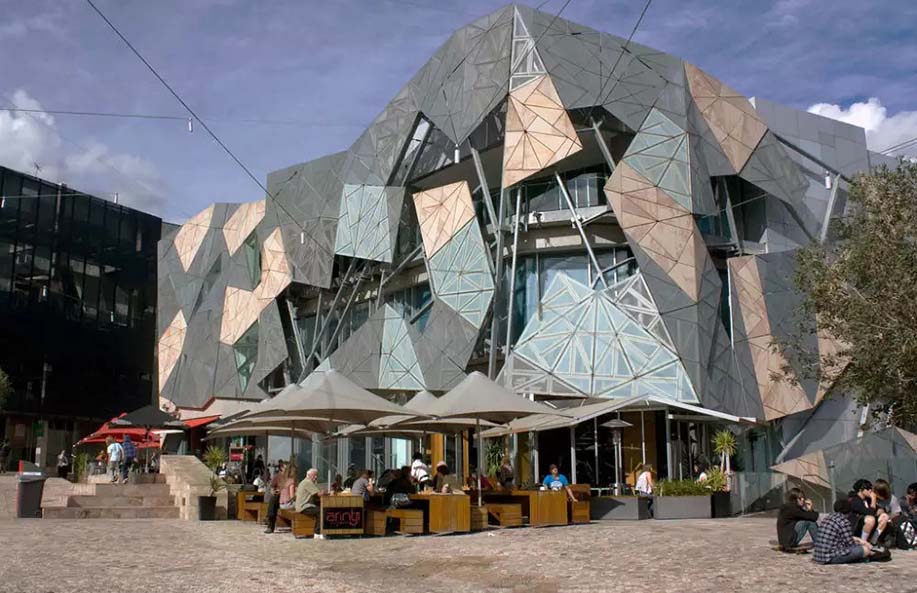
Getting there is easy, as Federation Square is centrally located right next to Flinders Street Station, Melbourne’s busiest railway hub. The Free Tram Zone includes stops near Federation Square, so you won’t even need to tap your Myki card if you’re traveling within the CBD.
2. Royal Botanic Gardens
Just a short walk from the city center, the Royal Botanic Gardens offer a peaceful escape from the urban buzz. It’s a massive park with beautifully curated gardens, walking paths, and even a lake where you can take a punt boat ride. One of the highlights for me was the Aboriginal Heritage Walk, which provided fascinating insights into the local Indigenous culture.
The easiest way to get to the gardens is by tram. Routes 3, 5, 6, and 16 will take you close to the main entrance. The gardens are free to enter, but guided tours and certain activities may have fees.
3. St Kilda Beach
St Kilda is Melbourne’s beachside playground, known for its lively atmosphere and beautiful sunsets. I spent an afternoon walking along the iconic pier and enjoyed some delicious fish and chips by the water. If you’re into watersports, you can try windsurfing, kitesurfing, or just have a swim.
St Kilda is easily accessible by tram, particularly the number 96 tram from the CBD. Keep in mind that it can get busy on weekends, so if you want a more relaxed experience, visiting during the week might be a good idea.
4. Queen Victoria Market
No visit to Melbourne is complete without a trip to the Queen Victoria Market, one of the largest open-air markets in the Southern Hemisphere. This market is a foodie’s paradise, offering everything from fresh produce and gourmet cheeses to international street food. I tried a bratwurst sausage from one of the food stalls, and it was one of the best things I ate in Melbourne.
The market is within the Free Tram Zone, so it’s very easy to reach. It’s open five days a week (closed on Mondays and Wednesdays), and you should aim to visit in the morning for the best selection of fresh food.
Street Food Recommendations and Safety Tips
Melbourne is known for its vibrant street food scene. While exploring, I found some incredible local bites, such as:
- Meat pies: These savory pastries are an Australian staple, and you can find them at markets, food trucks, and bakeries all around Melbourne.
- Lamb souvlaki: Melbourne’s Greek community is strong, and you’ll find mouth-watering souvlaki, especially in areas like Richmond and Oakleigh.
- Dim sims: A Chinese-Australian invention, these deep-fried or steamed dumplings are a popular snack, often found at food stalls.
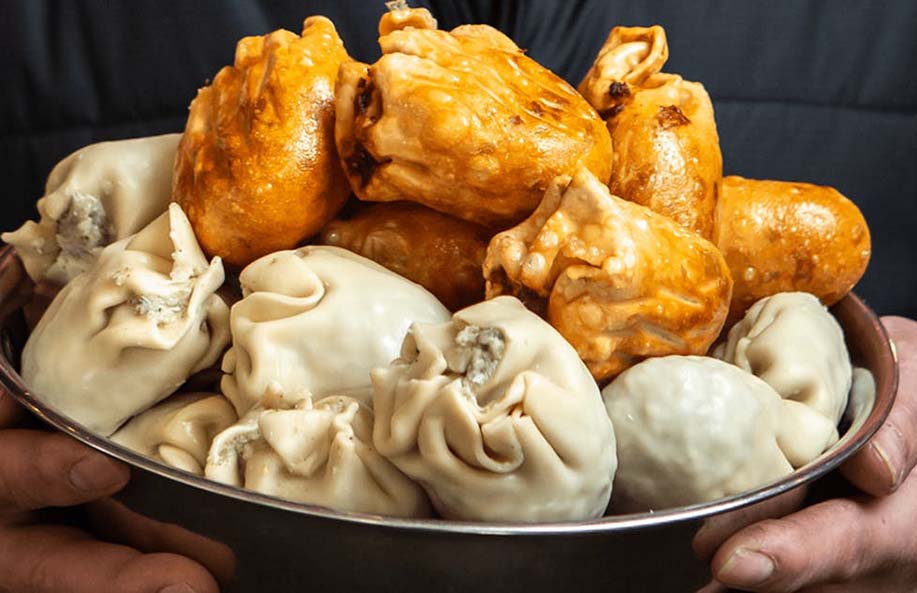
When enjoying street food, make sure to check the cleanliness of the stall. I found that markets like Queen Victoria Market have high standards of hygiene, but it’s always good to be cautious. Look for vendors with lots of customers (a good sign) and avoid food that’s been left out for too long.
Planning Your Itinerary and Budget Adjustments
Melbourne can be explored on any budget. For accommodation, there are options ranging from budget-friendly hostels to luxury hotels. To save money, I used public transport (taking full advantage of the Free Tram Zone) and opted for meals at markets or casual cafés, which are generally cheaper than sit-down restaurants.
For sightseeing, many of Melbourne’s top attractions are free or low-cost. The Royal Botanic Gardens, Federation Square, and several museums don’t charge entry fees, so I was able to fill my days with memorable experiences without breaking the bank.
Travel Insurance: A Must for Peace of Mind
I never travel without insurance, and Melbourne was no exception. It’s always a good idea to have coverage in case of emergencies, especially when it comes to health care or unexpected cancellations. I recommend choosing a plan that covers medical expenses, trip interruptions, and personal belongings. It’s an extra cost, but the peace of mind is worth it.
Melbourne truly exceeded my expectations with its blend of culture, nature, and modern life. From the local etiquette that made me feel welcomed to the stunning sights and delicious food, every part of my journey was a joy.
